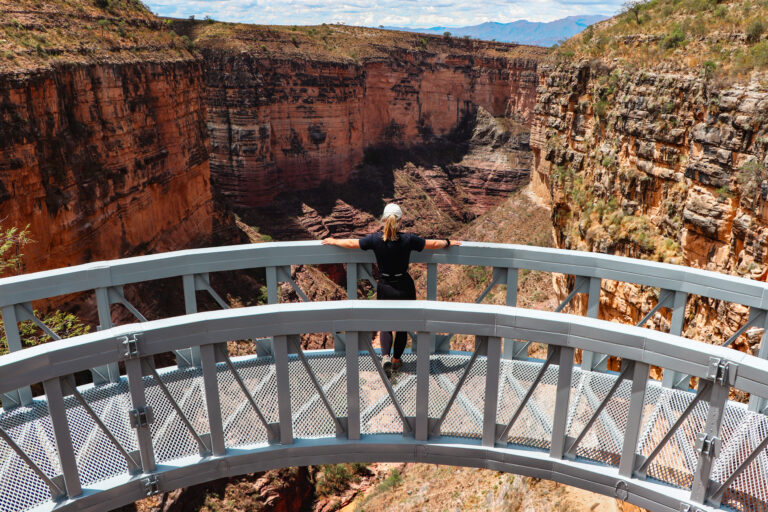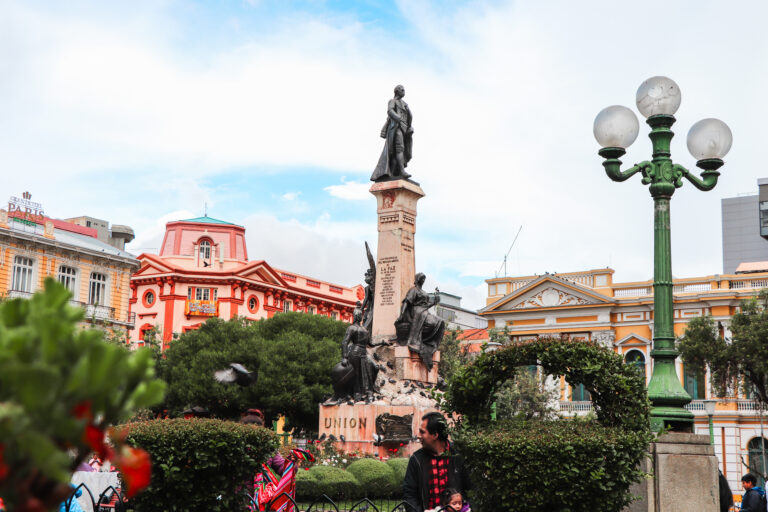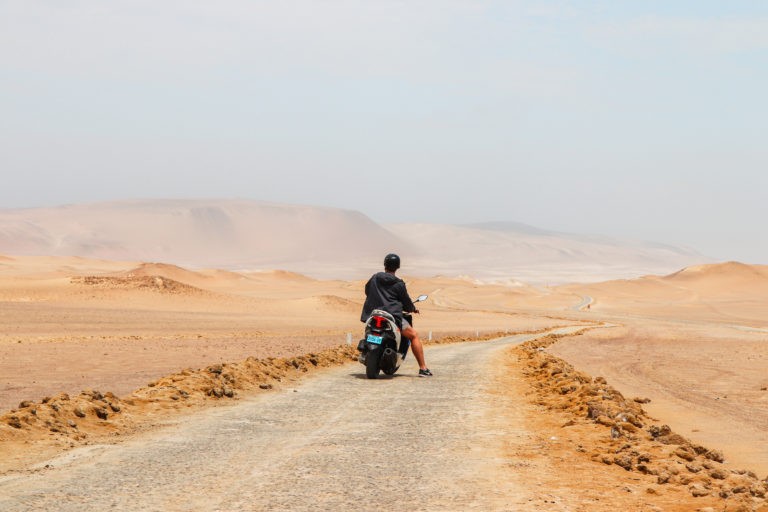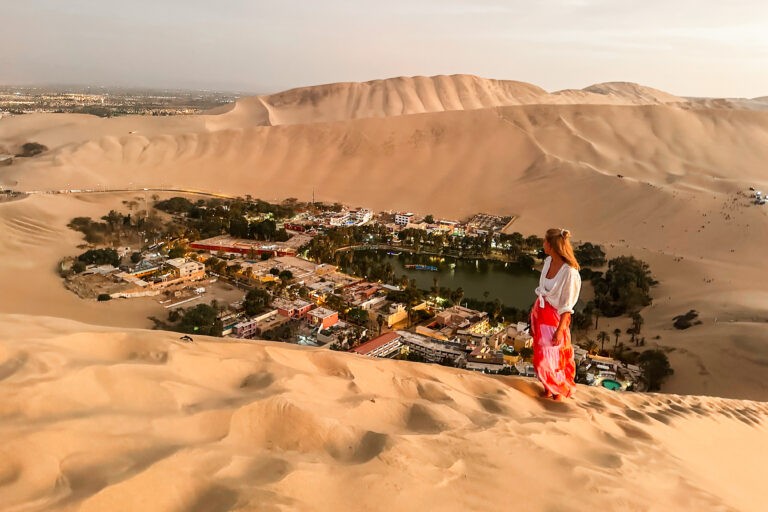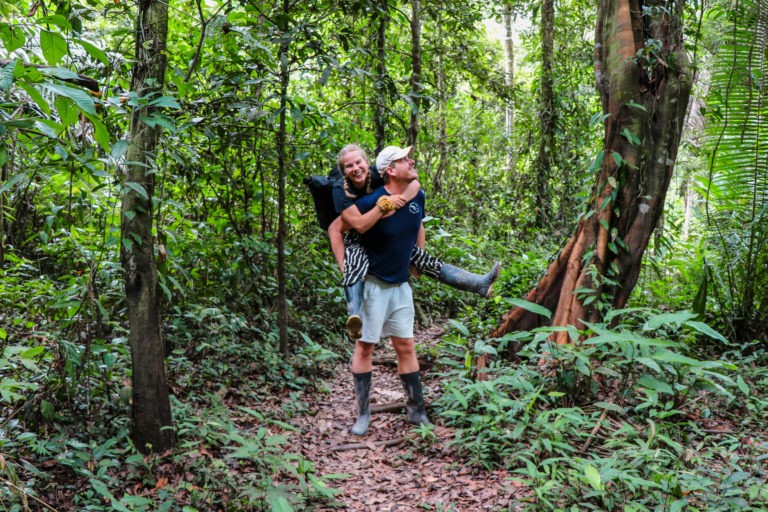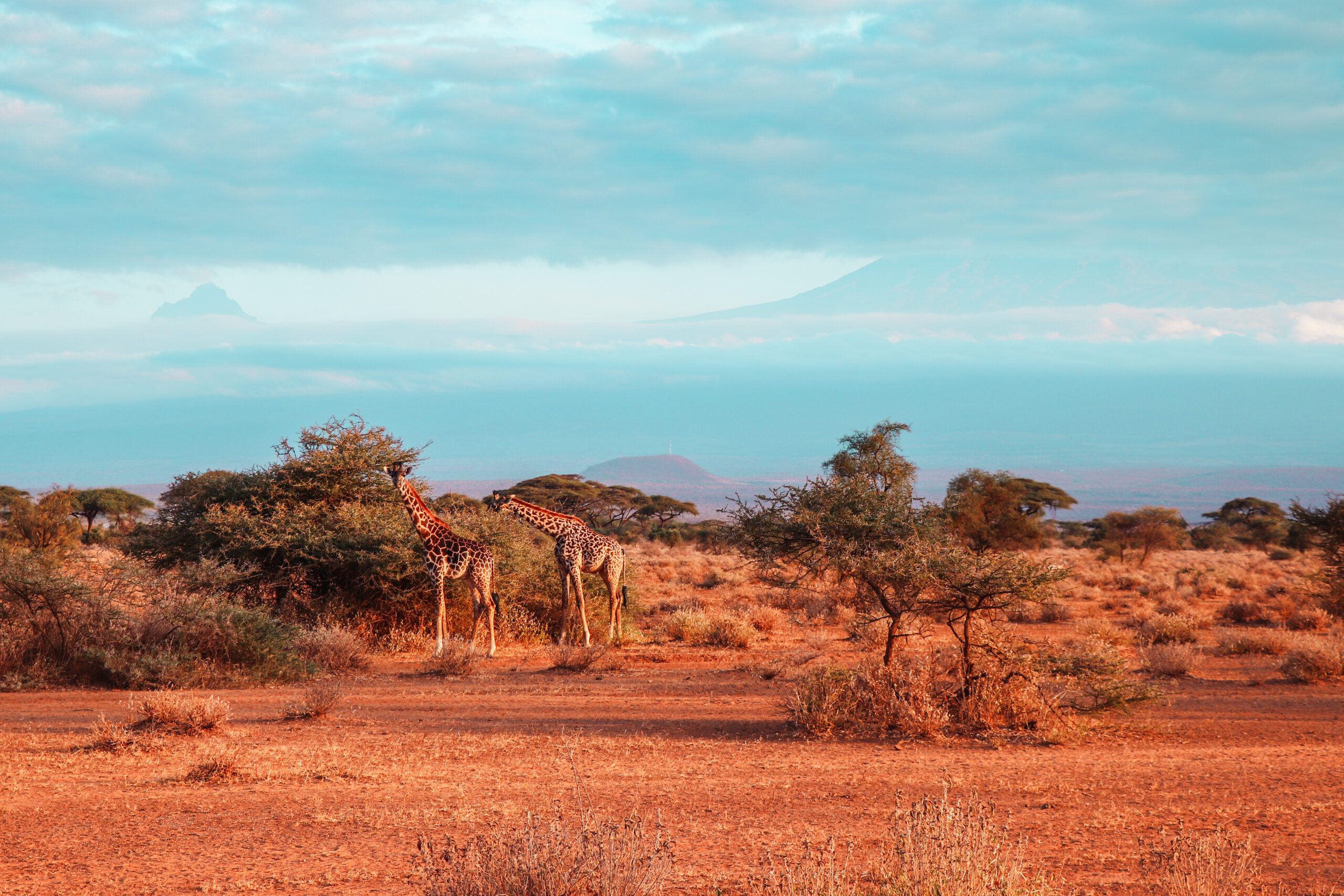Share Article
Summary
During the first three weeks of our stay in Kenya, we rented a 4×4 vehicle equipped with a rooftop tent to independently explore the country. We had a similar experience in Namibia around 4-5 years ago, and we loved having the freedom and flexibility it offered in shaping our itinerary. Also, the joy of exploring national parks at our own pace was incomparable. We definitely wanted to embark on this adventure once more. And without a doubt, we have been absolutely delighted with our choice. After 3 weeks of camping in Kenya we were happy to sleep in a bed again, though :).
Chapters
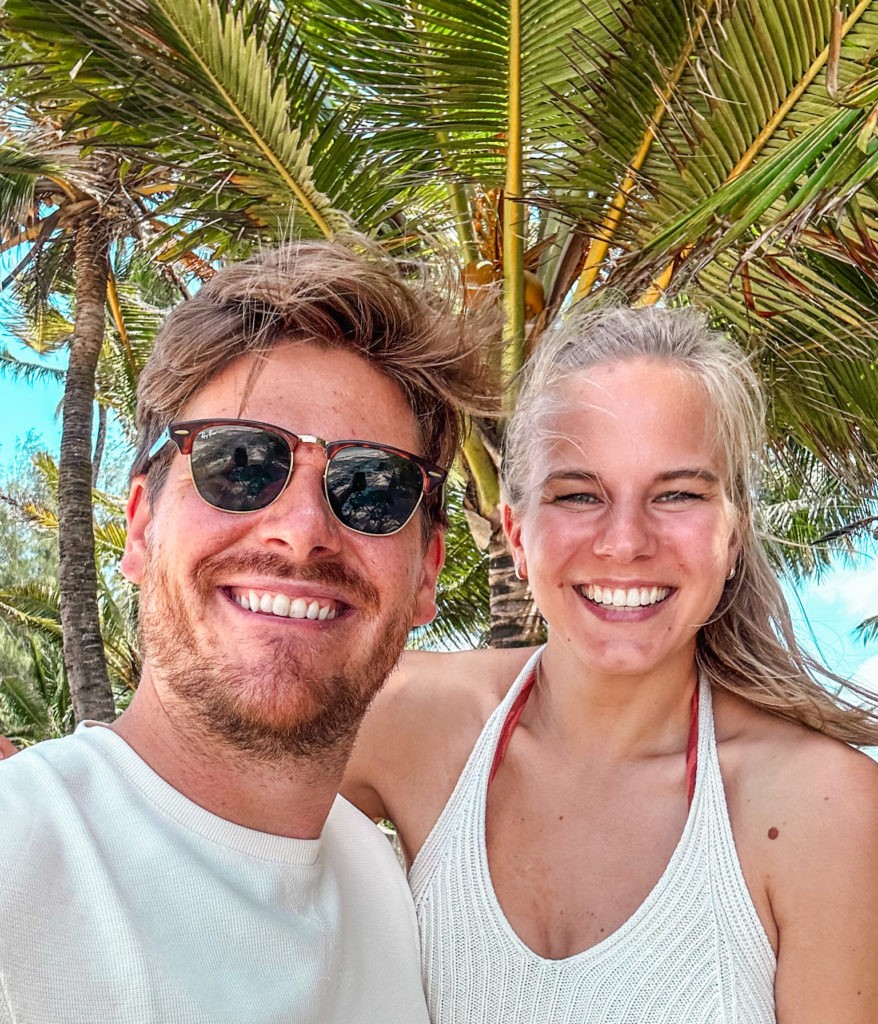
We hope you enjoy our travel stories, guides and tips! If so, please consider supporting our work.
Key Facts
Busting the Myth: Camping in Kenya is Not a Budget Escape
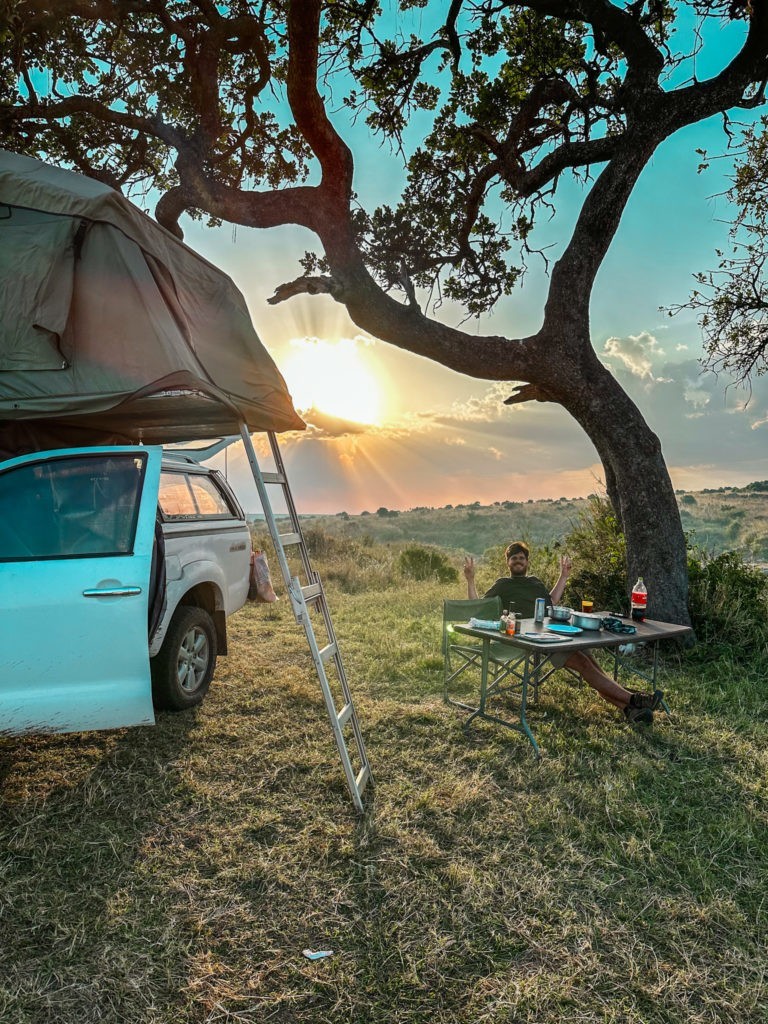
Although one might think so, Kenya is not a cheap land for tourists. The attractions are highly priced here, as well as the accommodations. It is usual to pay about 100 USD per person per night just for sleeping in a tent (with a bed though) only having a public toilet. Lodges start from ca. 200 USD per person per night and sky is the limit here if you are looking for real luxury.
But even camping in Kenya is not particularly cheap. Already the costs to hire a car are pretty high. We rented the car for 3 weeks and got a special offer, so we only paid about 120 USD per day.
When it comes to prices at campsites – these vary a lot. The cheapest campsites on the coast cost 500 KES per person per night (ca. 4 USD). More expensive ones are 15-20 USD per person, without really offering much more for the price. The most expensive campsites are undoubtedly and surprisingly the ones in the national parks. For the public campsites which do not even have a dry toilet nor a ranger, you pay 30 USD pppn. We guess they just really want less people to overnight in the park to protect it. Anyways, if you are planning to go on a safari on a budget, be prepared to having the simplest facilities available, if at all :).
All in all, you can significantly reduce your travel costs when camping in Kenya, as aspects, such as self-guiding and self-catering can save you some money. So do not dump your dreams of affordable safari just yet ;).
As you usually do not find any prices for campsites online, we recommend buying a local sim-card and try to either WhatsApp the camps or call them directly to inquired about the costs. We also found out that the chat function of Google Maps (if offered) works quite well.
Navigating in Kenya’s Left-Hand Traffic
Yes, also Kenya is one of the funny countries having left-hand traffic. Fortunately, we already had gained some experiences in driving on the “wrong” side in Namibia (and other countries). This is why we knew how critical it is to have an automatic gear-shifting. We had a manual car once in Malta and it was very bad. Once one gets used to it driving on the left, it is actually pretty OK. The only challenge we still have is that we often exchange the direction indicator with the window wipers (as also these are other way around) :).
We do recommend hiring a 4×4 when in Kenya, even if it’s more expensive. You would definitely need one, if you want to go to the national parks. Also, sometimes the roads to the campsites are not the best ones. In general, however, the roads in Kenya can be considered to be in very good condition. All the highways and bigger roads are having asphalt paving and there’s barely any potholes. This means that one can well drive at the maximum allowed speed – 80 km/h. Unless you have some trucks before you…
Overtaking is one of the greatest challenges when driving in Kenya. There are many trucks on the road and sometimes they only drive 20 km/h due to being totally overloaded. Especially, the highway between Nairobi and Mombasa is full of slow trucks. So, unless you want it to take 10 hours to your next destination, you have to overtake at one point. The challenge is, that the roads have usually only 2 lanes. Only at times when the road goes uphill there is an extra lane for overtaking. So, please overtake when it’s safe and be super cautious, as all other cars are very recklessly overtaking and we have seen several critical situations that could have ended badly. They also expect you to break, should the spaces between vehicles get too short. Therefore, we recommend to plan more time for driving than google maps suggests.


Also, one should be cautious about the bumps on the roads. In every town there are several ones to prevent speeding. Usually there are signs to raise the awareness and they have white stripes on them. But there are some, that could go unnoticed. Just drive slowly in towns or anywhere you see buildings on the roadside, to avoid any damages on your vehicle.
A good thing is, that as Kenya is highly populated, there are many gas stations along the roads and the prices are not much deviating between towns. So you do not need to worry about running out of gas on the way. The gas prices in general are cheaper than in Europe (about 1,20USD per liter). On the other hand, a 4×4 car, of course, is not the most fuel efficient vehicle :).
Please note, that there are regular police controls on the roads. Most of the times they did not really care about us. They rather check the matatus (small busses) and the trucks. We had one encounter with the police though, which was not that pleasant. It was directly as we left Nairobi when the officer was pulling us aside arguing that we had been speeding. As we had just gotten the car we were sure Jens was driving according to all rules, maybe even slower due to the heavy traffic around Nairobi. We were asking for proof, e.g. where the cameras were, how much we were speeding. The officer was getting uncomfortable. Then he said that he would let us go this time but next time he would definitely fine us. As Jens was asking to get his driving license back, the officer said something very unusual though: “Do you have 5000 KES (ca. 35 dollars) for my boss?” Latest then it was clear that he was just corrupt. Apparently not that unusual in Kenya, as we have learned from the locals later. We were only so courageous to give some contra since the guy, who was renting us the car, said that we should only pay the police if we truly have done something wrong. This encounter has shaken Jens’ view to the world a bit. It is just so unfortunate, if you cannot trust the police.
Sleeping High: Why We Opted for a Roof-Top Tent
In Kenya you do not really see many rooftop tents. It seems to be more common to camp in the ground tents here. As said, we already tried out rooftop tents in Namibia and we never want to go back to ground tents (even if it would be cheaper).
The greatest perk of camping in Kenia in a rooftop tent is that it is so much more convenient. You just have to unfold it and it is ready to sleep in it. There’s no need to carry your mattresses or pillows/blankets.
Secondly, it is much safer in case you plan to camp in the wild. The animals are usually afraid of vehicles and it would be very unusual for them to even climb the car to get to the tent. This has helped Laura to sleep much more peacefully during the nights in the wilderness.
And, lastly, let’s not forget the elevated views. What we loved about camping in Kenya, was to open the tent door in the morning and enjoy the spectacular landscapes and sometimes even watch animals passing by.
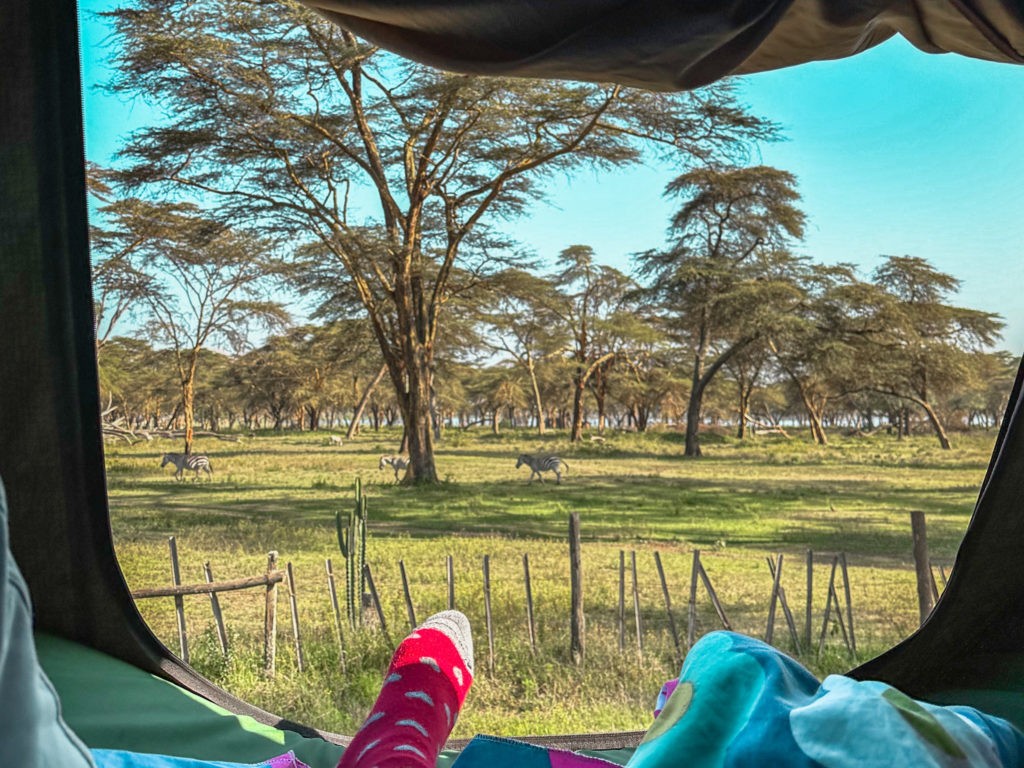


Finding Suitable Campsites in Kenya
If you are planning your first or next safari on a budget, the good new is, that there are many affordable campsites available in Kenya. Mostly we have found our campsites through Google Maps, picking out ones having some pictures and positive reviews.
Still, one should inquire about available facilities at the campsite in advance. As said, the campsites in the national parks are the less equipped ones, sometimes even not having toilets. It is also usual, that even if campsites have running water and showers, there’s only cold water available. So the staff needs to boil some hot water for you can have a bucket bath (this is when you start appreciating showers again) :). But we have also had some great campsites, with unlimited hot showers from the hots springs, extra basins for doing the dishes, charging possibility and even great wifi.
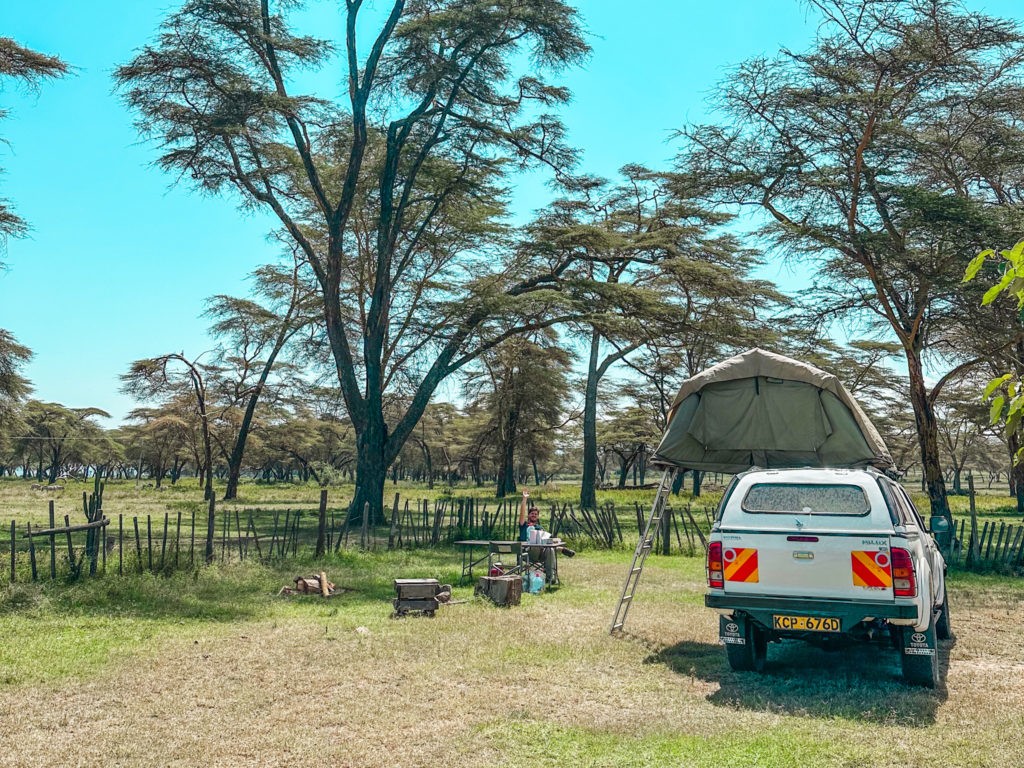
Necessary Equipment for Camping
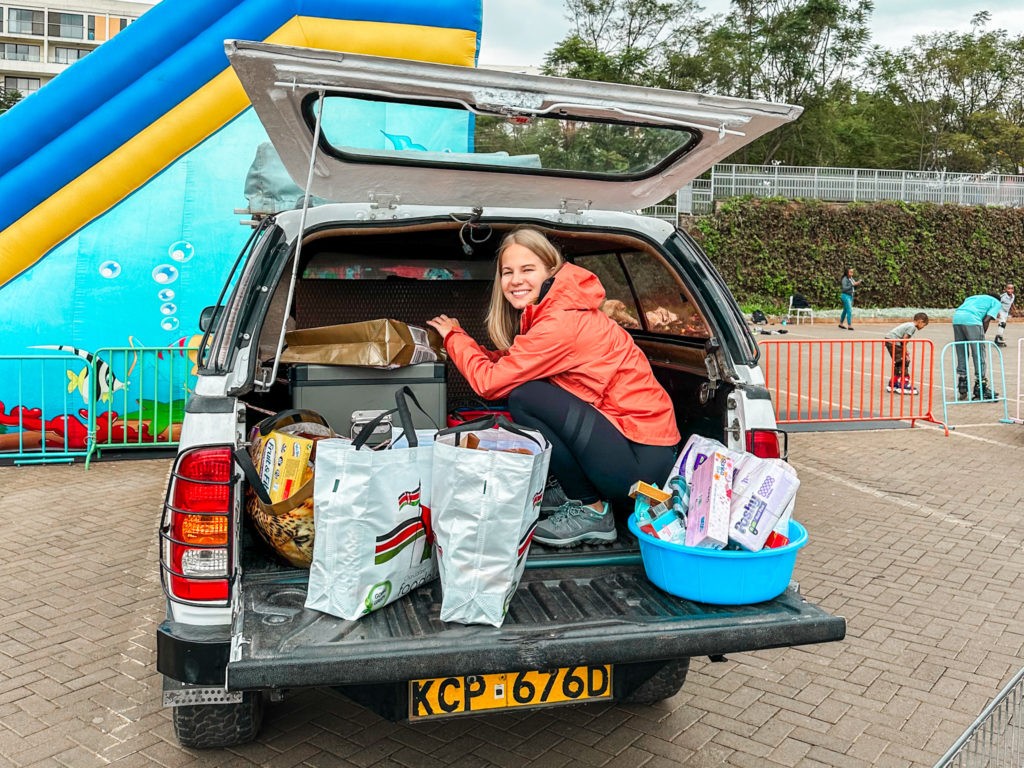
We have rented all the necessary camping gear with the car (e.g. table, chairs, everything for cooking, a fridge, etc.). It may be cheaper to buy the equipment by yourself, if you are planning a longer safari on a budget. Due to sustainability reasons we prefer to rent it however since it would be too sad to throw it all away once we need to return.
All in all, we felt very well equipped (even if some of the gear was pretty worn out) which made our camping experience very enjoyable. We even found the shopping list from Namibia-times to stock up on all important groceries and other supplies (e.g. soap, matches, a towel, dish washing utensils, etc.).
There are 2 camping essentials we could not imagine to travel without again. Firstly, as unexpected situations are not unusual to occur, it is good to have a headlamp to be able to cook and have dinner even if it’s already dark. Also, maybe you plan to start before the sunrise on some days. Secondly, you never know in which condition your rented camping gear is, so a high-quality swiss knife has also helped us out many times (be it to cut, fix or open things).
Enjoying the Camper’s Life
As you can imagine, it took a few days until we found our camping flow. As shared in one of the earliest posts, we had a few small hiccups with the car and had to remember again that cooking with a gas stove on windy days takes a long time.
What we had forgotten since Namibia, though, is that camping is very time-consuming. We have to plan time for cooking, doing the dishes, packing the tent etc. But we managed it all well. We planned many “rest days” where we just stayed at the campsite to have some time to relax. Our idea was actually to write some blog posts during that time, but it usually did not work out as we found other interesting things to explore around the campsite.
We have also managed our sleep rhythm well and adjusted it to catch the daylight. We went to the tent as it gets dark – around 7.30 pm – watched a Netflix episode or two and as we were often so tired, we just fell asleep between 9-10 pm. The sun rises just before 7 am and this is also when we wake up. Yes – even as we both are rather the night owls, we have managed to transform into early birds. And – yes – we often get 9-10 hours of sleep. You see how energy-consuming our adventures are :).
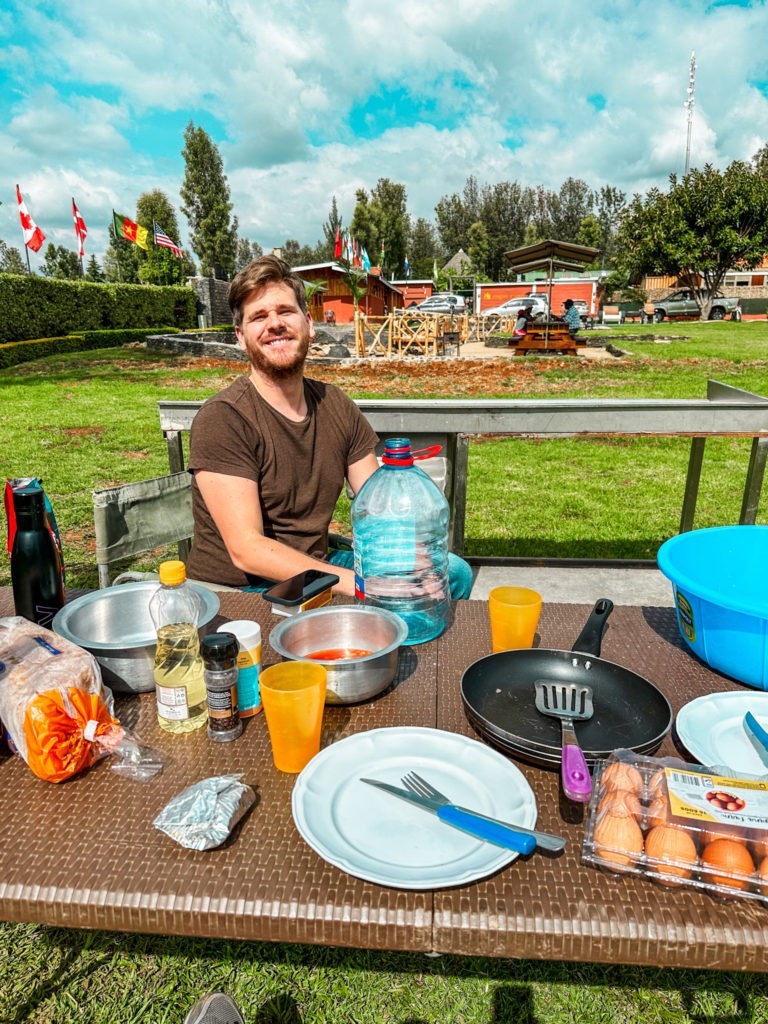

By subscribing, you agree to receive regular emails from us.
You can withdraw your consent at any time by contacting us.

